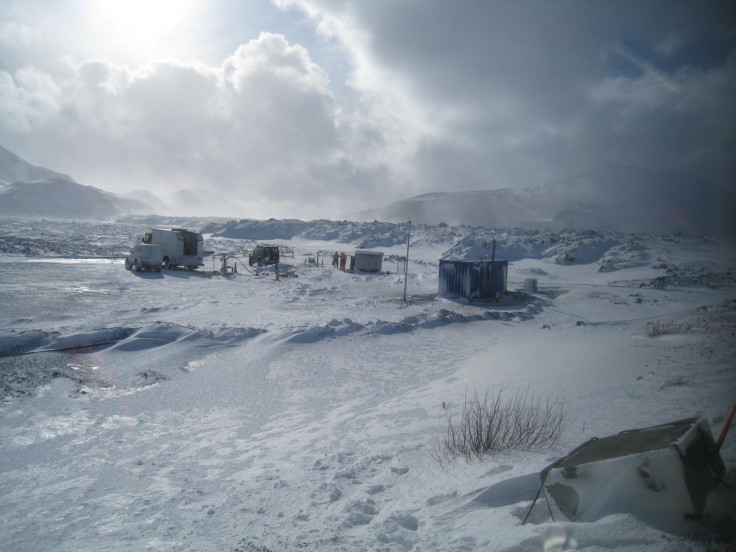CO2 turned into rocks paving way for long-term storage of manmade carbon dioxide
Man-made carbon dioxide has been turned into rocks, potentially offering a long-term and safe way to store anthropogenic CO2. Scientists found atmospheric CO2 could be injected into volcanic rock to be converted into carbonate minerals in less than two years – far faster than they had initially expected.
"We need to deal with rising carbon emissions. This is the ultimate permanent storage - turn them back to stone," said the University of Southampton's Juerg Matter, who led an international team of scientists in the pilot project in Iceland. "Our results show that between 95 and 98% of the injected CO2 was mineralised over the period of less than two years, which is amazingly fast."
Carbon capture and storage involves removing waste from CO2 and depositing it in an area where it will not enter the atmosphere. Working out ways to do this is a key area of research for scientists.

Previously, storing CO2 in rocks has involved sealing it in underground voids or injecting it into sandstone or salty aquifers. Both of these options come with the risk of leakage, while the injection process itself could lead to earthquakes that rupture subterranean reservoirs.
In the latest research, published in Science, scientists sought to turn CO2 into benign minerals by injecting it into basaltic (volcanic) rocks where a chemical reaction causes it to turn into harmless carbonate minerals. At first, it was thought this method was impractical because of how long the reaction would take – potentially hundreds if not thousands of years.

The CO2 was dissolved in water then injected into basaltic rock in Iceland between 400 and 800m beneath the surface of the Hellisheidi power plant. Results from the project – CarbFix – showed the CO2 was minearlised in less than two years. "We were surprised how fast (within less than two years) our injected CO2 was converted to carbonate minerals," Matter told IBTimes UK. "We had some inkling beforehand. Our numerical model calculations showed that the injected CO2 should be fully carbonated after five to 10 years residence time in the reservoir."
Because carbonate minerals are stable, the risk of leakage is mitigated. This means less monitoring of storage sites. Furthermore, basaltic rock is one of the most common types of rock on Earth. "There is enough basalt on Earth to take care of all anthropogenic CO2 emissions. This is a theoretical statement and does not include a feasibility analysis. There are massive basalt formations on every continent and the whole ocean floor below a layer of marine sediments consists of basalt (oceanic crust)," Matter said.

The scale of the study was relatively small so researchers are now carrying out more tests at Reykjavik Energy's Hellisheidi geothermal power plant. Matter said that while there was not a lot that could go wrong, injecting large amounts of water and CO2 deep underground could result in earthquakes. "That is why we need to study the stress state of the reservoir rocks and we have to monitor the pressure in the storage reservoirs to avoid over pressuring it," he said.
However, another larger problem is international policy (or lack thereof) regarding carbon capture. "The biggest challenges not only for our technique, but in general for CO2 capture and storage, is that there is no policy framework on CO2 emissions. We basically pay nothing to emit CO2 into the atmosphere. We need a global agreement to regulate and reduce CO2 emissions and we need a price on carbon," he concluded.
© Copyright IBTimes 2025. All rights reserved.






















